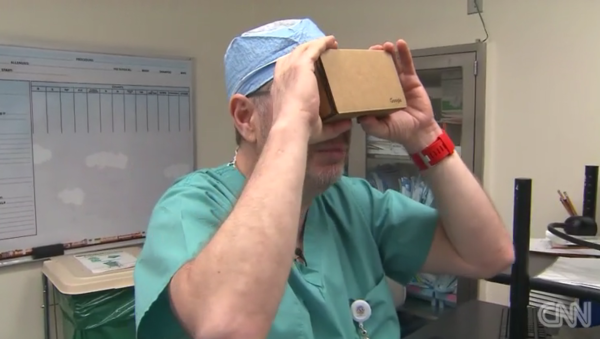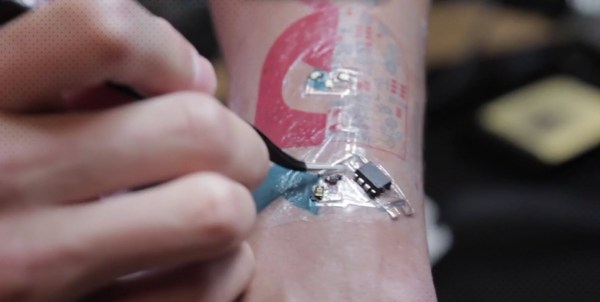It’s a parent’s worst nightmare. Doctors tell you that your baby is sick and there’s nothing they can do. Luckily though, a combination of hacks led to a happy ending for [Teegan Lexcen] and her family.
When [Cassidy and Chad Lexcen]’s twin daughters were born in August, smaller twin [Teegan] was clearly in trouble. Diagnostics at the Minnesota hospital confirmed that she had been born with only one lung and half a heart. [Teegan]’s parents went home and prepared for the inevitable, but after two months, she was still alive. [Cassidy and Chad] started looking for second opinions, and after a few false starts, [Teegan]’s scans ended up at Miami’s Nicklaus Children’s Hospital, where the cardiac team looked them over. They ordered a 3D print of the scans to help visualize possible surgical fixes, but the 3D printer broke.
Not giving up, they threw [Teegan]’s scans into Sketchfab, slapped an iPhone into a Google Cardboard that one of the docs had been playing with in his office, and were able to see a surgical solution to [Teegan]’s problem. Not only was Cardboard able to make up for the wonky 3D printer, it was able to surpass it – the 3D print would only have been the of the heart, while the VR images showed the heart in the context of the rest of the thoracic cavity.[Dr. Redmond Burke] and his team were able to fix [Teegan]’s heart in early December, and she should be able to go home in a few weeks to join her sister [Riley] and make a complete recovery.
We love the effect that creative use of technology can have on our lives. We’ve already seen a husband using the same Sketchfab tool to find a neurologist that remove his wife’s brain tumor. Now this is a great example of doctors doing what it takes to better leverage the data at their disposal to make important decisions.




















